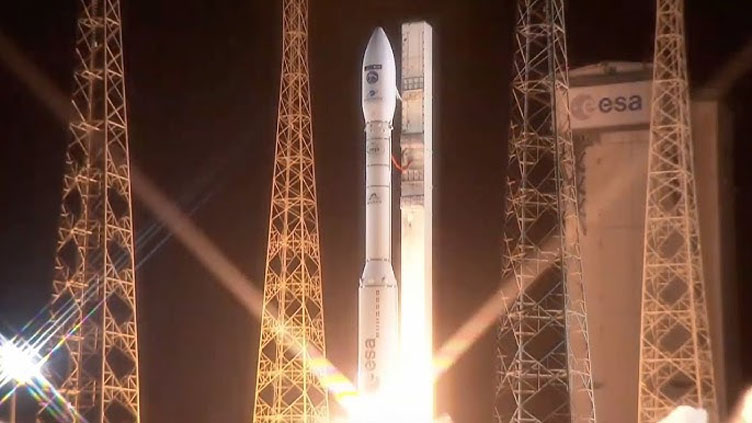Europe launches last Vega rocket with observation satellite

Technology
It will be used to study deforestation, urban development and emergencies such as forest fires,flood
PARIS (Reuters) - Europe's Arianespace has launched the last Vega rocket, placing the Sentinel-2C satellite into orbit under the European Union's Copernicus programme to monitor Earth's environment.
The slender single-body rocket, which does not have boosters strapped to its side unlike larger vehicles, streaked into the night sky at a launch base in French Guiana at 10.50 p.m. local time on Sept 4 (0150 GMT on Sept 5), streamed images showed.
The launch ends a 12-year career for the small launch vehicle, designed by Italy's Avio. It is being replaced by the updated Vega C, which is due to return to service later this year after being grounded following a launch failure with the loss of two powerful imaging satellites in December 2022.
Built by Airbus Defence & Space, Sentinel-2C will replace Sentinel-2A, which is part of a pair of satellites operating within the Copernicus programme.
It will be used to study deforestation, urban development and emergencies such as forest fires, floods or volcanic eruptions, Mauro Facchini, head of the Copernicus unit at the European Commission, told reporters before the launch.
The European Space Agency, which partners the EU on the project, has said Copernicus is the world's largest environmental monitoring effort.
Together, the programme's six families of Sentinel satellites aim to read the planet's "vital signs" from carbon dioxide to wave height or temperatures of land and oceans.
In 2022, Copernicus Sentinel-2 satellite images highlighted severe drought damage to Italy's Po Valley.



